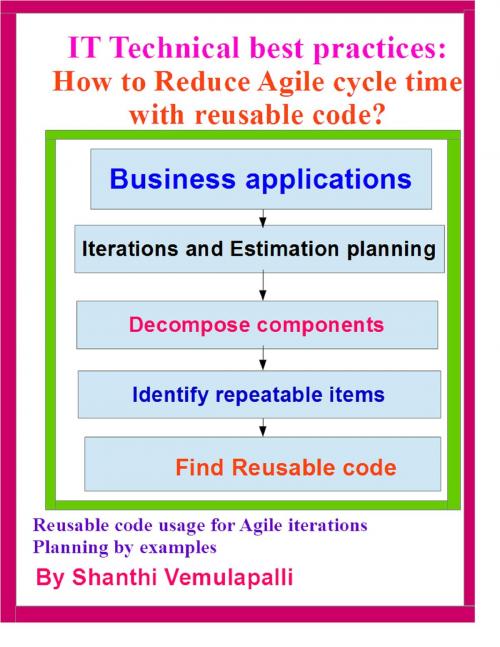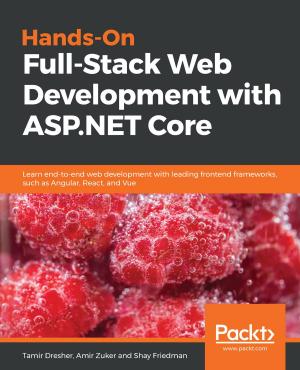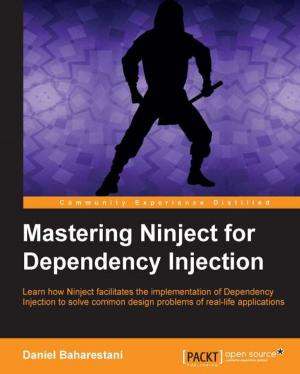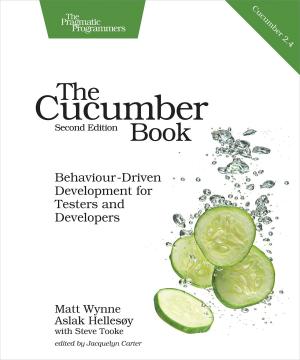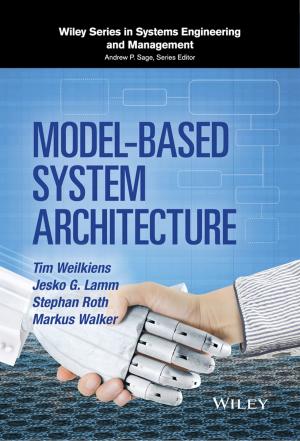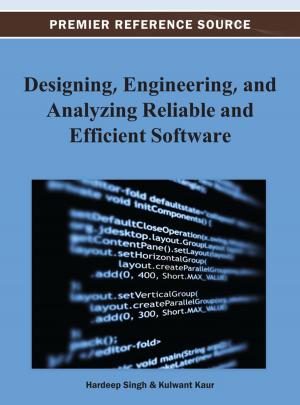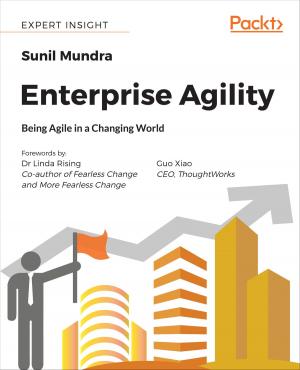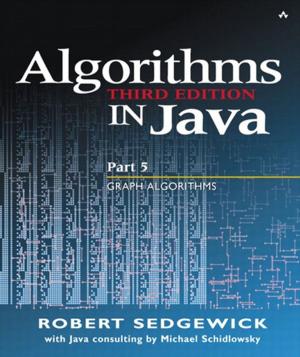IT Technical best practices: How to Reduce Agile cycle time with reusable code?
Nonfiction, Computers, Programming, Systems Analysis| Author: | Shanthi Vemulapalli | ISBN: | 9781310815126 |
| Publisher: | Shanthi Vemulapalli | Publication: | September 3, 2015 |
| Imprint: | Smashwords Edition | Language: | English |
| Author: | Shanthi Vemulapalli |
| ISBN: | 9781310815126 |
| Publisher: | Shanthi Vemulapalli |
| Publication: | September 3, 2015 |
| Imprint: | Smashwords Edition |
| Language: | English |
In many Agile transformation sessions the Agile practitioners or savvy’s discuss more on the process related activities rather than elaborating on the technical or software engineering process steps to reduce the cycle time. At the same time prior to the Agile meetings, activity efforts need to be defined by the designers and the developers. Unless they identify the size of the reusable code components in the applications it is not worth for conducting the Release or Sprint planning meetings for planning of the iterations. Hence it is the moral responsibility of the technical teams to apply this kind of practices ahead of Agile process or Scrum meetings.
If you are interested to know what reusable code with examples is, this E-Book can be useful. Using this technique, you can plan for code refractor and its cleaning also to get ROI on future Agile iterations. During Scrum meetings, these are the important topics where technical people need to discuss for customer’s ROI acceleration planning and also the cycle time reduction acceleration. The team’s technical capabilities also can be accelerated by following these practices regularly.
I have considered an application example of E-commerce site building for defining the Sprint planning and their iterations. Each iteration has been divided into different reusable code components design parts. The relevant graphics have been designed and added into this E-book. The software configuration processes with Code Items process have been discussed also.
One can answer the following after understanding this E-Book content:
How to define the reusable code?
How the Iterations can be planned?
Is it possible to demonstrate the iterations cycle time reduction?
What are the entry criteria for Sprint planning?
What are the jumpstart activities required for designers before Agile release meeting?
How to manage the code components with configuration management process?
How to plan the efforts reduction for Sprint cycles?
The proposed or mandatory readers are:
Agile developers
Agile Designers
Agile PMS
Agile Product Owners
Agile teams
Who all intended to learn Agile Practices?
In many Agile transformation sessions the Agile practitioners or savvy’s discuss more on the process related activities rather than elaborating on the technical or software engineering process steps to reduce the cycle time. At the same time prior to the Agile meetings, activity efforts need to be defined by the designers and the developers. Unless they identify the size of the reusable code components in the applications it is not worth for conducting the Release or Sprint planning meetings for planning of the iterations. Hence it is the moral responsibility of the technical teams to apply this kind of practices ahead of Agile process or Scrum meetings.
If you are interested to know what reusable code with examples is, this E-Book can be useful. Using this technique, you can plan for code refractor and its cleaning also to get ROI on future Agile iterations. During Scrum meetings, these are the important topics where technical people need to discuss for customer’s ROI acceleration planning and also the cycle time reduction acceleration. The team’s technical capabilities also can be accelerated by following these practices regularly.
I have considered an application example of E-commerce site building for defining the Sprint planning and their iterations. Each iteration has been divided into different reusable code components design parts. The relevant graphics have been designed and added into this E-book. The software configuration processes with Code Items process have been discussed also.
One can answer the following after understanding this E-Book content:
How to define the reusable code?
How the Iterations can be planned?
Is it possible to demonstrate the iterations cycle time reduction?
What are the entry criteria for Sprint planning?
What are the jumpstart activities required for designers before Agile release meeting?
How to manage the code components with configuration management process?
How to plan the efforts reduction for Sprint cycles?
The proposed or mandatory readers are:
Agile developers
Agile Designers
Agile PMS
Agile Product Owners
Agile teams
Who all intended to learn Agile Practices?
